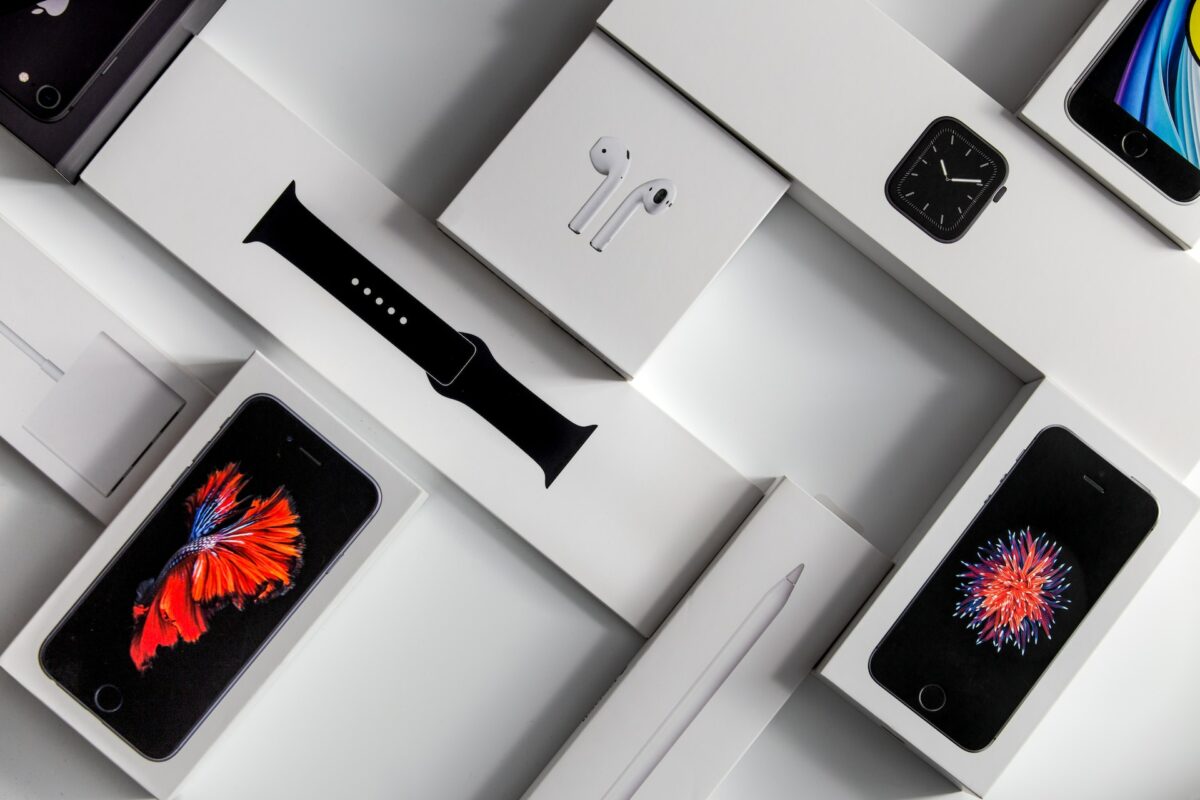Apple products are known for their high quality and reliability, but like every other electronic device, they can experience problems from time to time. In this blog post, we will guide you with step-by-step instructions on how to troubleshoot common problems associated with Apple products.
What are Apple Products?
Apple as a brand has established many consumer electronics, software solutions, and online services. Over the years, the company has released different hardware and software innovations to engage a vast spectrum of users in the world.
Among Apple’s noteworthy hardware creations is the iPhone, popular for its sleek aesthetics, robust functionality, and extensive app ecosystem. Also, the iPad, recognized for its portability, prolonged battery life, and expansive display, has made a significant impact. In addition, the Mac, characterized by its user-friendly interface, impressive performance, and elegant design, has earned its place in the professional sphere.
Furthermore, the Apple Watch is a prominent smartwatch choice, distinguished by its fitness-tracking attributes, health-monitoring capabilities, and communication functionality. Complementing these devices are the AirPods, offering wireless listening convenience, and the HomePod, known for its musical prowess and home automation integration.
Apple showcases its prowess through operating systems such as macOS, iOS, iPadOS, watchOS, and tvOS. Notable software solutions include iTunes for media playback, Safari for web browsing, and productivity suites like iLife and iWork.
These products resonate across a wide spectrum of users, from everyday consumers to seasoned professionals. Their hallmark attributes include meticulous design, user-friendly interfaces, and the establishment of a cohesive ecosystem that fosters synergy among Apple devices. However, the closed ecosystem aspect necessitates consideration based on individual requirements.
Common Problems of Apple Products

Common problems Apple products face include:
1. Battery Draining Quickly
Apple devices, like iPhones and iPads, experience rapid battery drain. This could be caused by background apps consuming power, display brightness settings, push notifications, or even a worn-out battery that needs replacement.
2. Device Not Turning On
Situations where your Apple device doesn’t turn on can be frustrating. This might happen due to a drained battery, software crashes, hardware defects, or a combination of factors. Attempt to charge the device and perform a forced restart (specific instructions vary by model).
3. Slow Performance
Sluggish performance is often a result of insufficient storage space, too many running apps, or outdated software. Sometimes this can be resolved by just clearing cache or restarting the device.
4. Wi-Fi Connectivity Issues
Troubles connecting to Wi-Fi networks or experiencing slow internet can be due to incorrect network settings, interference, software glitches, or issues with the Wi-Fi router itself.
5. Screen Freezing or Unresponsive Touchscreen
A frozen screen or an unresponsive touchscreen might be caused by software crashes, insufficient memory, or even hardware defects.
6. Charging Problems
Charging issues like slow charging, devices not charging at all, or difficulties connecting the charging cable can be due to faulty cables, ports, power sources, or software glitches.
7. Bluetooth Connectivity Issues
Troubles connecting to Bluetooth devices or accessories could be due to interference, compatibility problems, or software bugs.
8. Overheating
Devices getting excessively hot can occur during resource-intensive tasks like gaming or multitasking. Sometimes, it’s due to software issues causing the device’s CPU to work harder than normal.
9. Audio Problems
Many audio-related problems, such as poor sound quality, speaker malfunctions, or microphone issues, arise from software bugs, damaged hardware, or interference.
10. App Store Problems
Challenges with downloading, updating, or using apps from the App Store might be due to network issues, software glitches, or problems with your Apple ID.
11. Touch ID/Face ID Problems
Biometric authentication methods like Touch ID or Face ID failing to work often result from hardware issues, software glitches, or changes in your physical appearance.
12. Poor Reception or Signal Strength
Cellular reception issues can be due to network coverage, carrier problems, physical obstructions, or even hardware defects.
13. iCloud Syncing Issues
Problems with iCloud synchronization can be related to network connectivity issues or settings conflicts.
14. Software Glitches
This problem occurs due to compatibility issues, outdated software, corrupted files, or bugs within the operating system or applications.
Troubleshooting Common Apple Products Problems
- Restart the Device: As simple as it sounds, a quick restart can solve many issues. Hold down the power button and follow the prompts to restart your device.
- Update Software: Make sure your device’s software is up to date. Navigate to the settings, look for the “Software Update” option, and follow the instructions to update if needed.
- Check for Connectivity: If you’re facing network issues, check your Wi-Fi or cellular connection. Toggle the Wi-Fi off and on, or turn Airplane mode on and off.
- Clear Storage: If your device is running slow, it might be due to limited storage. Delete unnecessary apps, photos, and files to free up space.
- Force Restart: If your device is unresponsive, a force restart might help. Different models have different methods to do this, so look up the specific instructions for your device online.
- Reset Settings: If you’re encountering software glitches, try resetting your settings. This won’t erase your data, but it will restore settings to their defaults.
- Check Battery Health: If your battery isn’t performing well, go to settings and look for “Battery Health.” You can see if your battery is degraded and might need replacement.
- Seek Professional Help: For hardware issues or complex problems, it’s best to consult a professional. Contact Apple Support or an authorized computer repair shop near you.
Remember, troubleshooting any device depends on the specific issue and device model. Always refer to your device’s user manual or the official Apple Support resources for accurate guidance.
Frequently Asked Questions
Yes, Apple offers tech support to assist customers having issues with their Apple products and services.
To chat with Apple Support, follow these steps:
– Go to the official Apple Support website.
– Select the product or topic related to your issue.
– Look for the “Contact Us” or “Get Support” link.
Conclusion: Tech Support for Apple Products in Austin
Apple products are known for their high quality and reliability. However, like any technology, hiccups and challenges can arise. If you are having trouble with your Apple product, check out the step-by-step instructions above on how to troubleshoot common problems with your Apple products.
If you are still having trouble after trying the above steps, you can always contact our computer repair shop in Austin, for an onsite, same day service for your Apple product.

